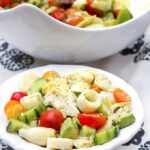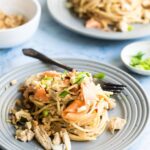Egg noodles are a staple in many kitchens, offering a hearty and satisfying addition to various dishes. With their tender texture and rich flavor, egg noodles can be used in soups, casseroles, and as a side dish.
Why settle for store-bought when you can easily make your own authentic egg noodles at home? In this article, you’ll find ten unique and traditional egg noodle recipes that are simple to follow and sure to impress.
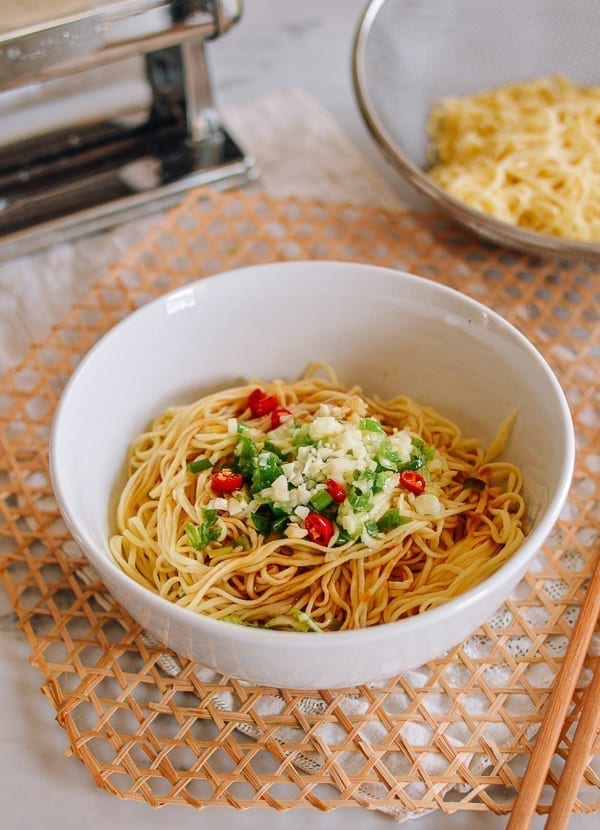
1) Chinese Egg Noodles
Chinese egg noodles are a staple in many Asian dishes. To start, you need to make the dough. Combine flour and salt in a mixing bowl. Add eggs and water until you form a shaggy dough. Knead the dough for about 10 to 15 minutes.
Once the dough is well-kneaded, roll it out into thin sheets. Cut the sheets into thin strips to make your noodles. These noodles can be used fresh or dried for later use.
When you’re ready to cook them, simply boil the noodles until they’re tender. This usually takes about 2-3 minutes for fresh noodles.
Chinese egg noodles can be stir-fried with vegetables and sauce to make a delicious meal like lo mein. They are versatile and can be used in soups, salads, and other dishes.
Remember to coat the noodles in oil if you are not using them immediately. This prevents them from sticking together.
Enjoy making and eating your homemade Chinese egg noodles!
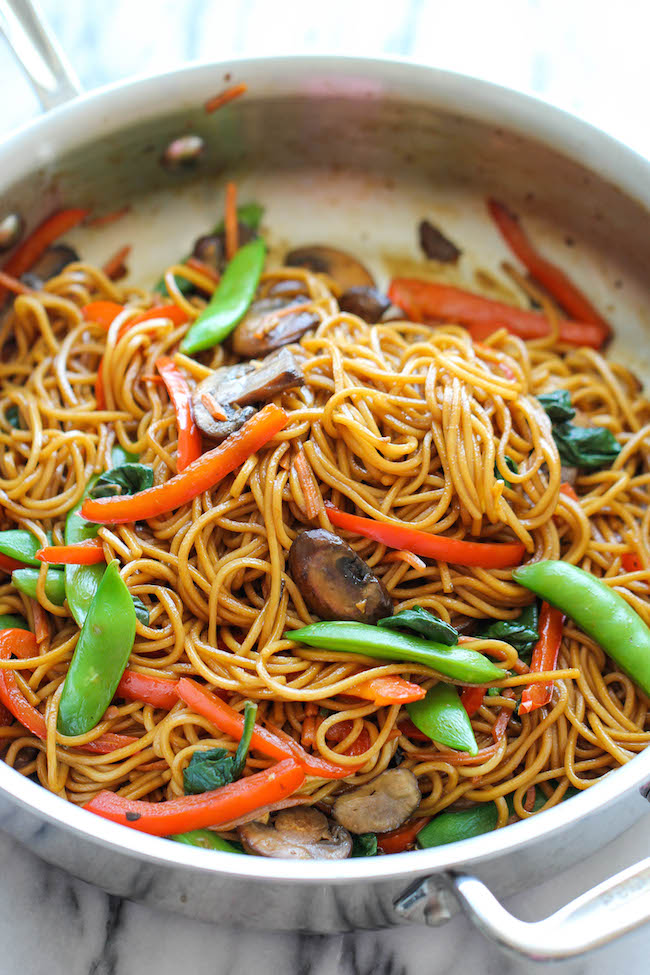
2) Lo Mein Noodles
Lo Mein noodles are a popular dish featuring Chinese egg noodles stir-fried with vegetables, meat, and a savory sauce. To prepare, start by boiling lo mein noodles until they are tender. Drain and set aside.
In a wok or large skillet, heat some oil over high heat. Add garlic and onions, sautéing for about 30 seconds. Next, add your choice of protein, such as chicken, beef, shrimp, or tofu. Cook until the meat is no longer pink on the outside, about 1 minute.
Add vegetables such as carrots, bell peppers, and bok choy. Stir-fry until the vegetables are tender but still crisp, usually about 2-3 minutes.
Gently add the cooked noodles to the wok. Pour in a sauce mixture made from soy sauce, oyster sauce, and a little sugar. Stir everything together, making sure the noodles are well-coated with the sauce.
Cook for another minute or until everything is well-mixed and heated through. Serve hot and enjoy your flavorful Lo Mein noodles.
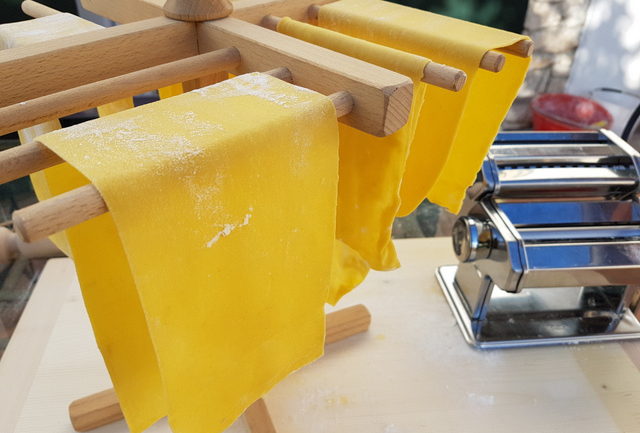
3) Fresh Pasta Sheets
Start by placing flour on a clean work surface. Make a well in the center and add your eggs.
Using a fork, whisk the eggs, pulling in flour from the edges until the mixture forms a rough dough.
Once the eggs and flour start to come together, use your hands to knead the dough.
Knead for about 10 minutes until it feels smooth and elastic. If the dough is too sticky, add more flour.
Form the dough into a ball and wrap it in cling film. Let it rest for 15 to 30 minutes.
After resting, divide the dough into smaller portions. Use a pasta maker to roll out the sheets.
Start with the thickest setting on the pasta maker. Gradually roll the dough, reducing the thickness setting each time until you achieve your desired thickness.
You can now cut your pasta sheets into different shapes or use them as a base for lasagna and other dishes.
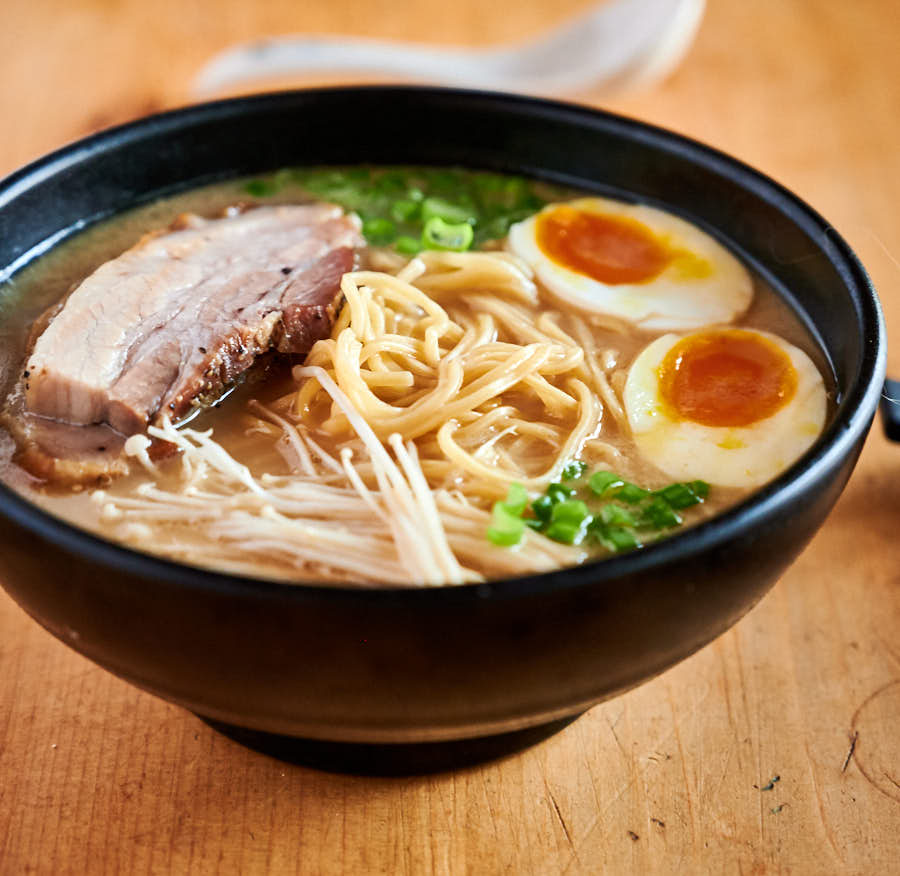
4) Japanese Ramen Noodles
Japanese Ramen Noodles are a delicious choice for any noodle lover. These noodles are often served in a rich, flavorful broth. There are different types of ramen including shoyu (soy sauce), miso (fermented soy paste), shio (salt), and tonkotsu (pork bone).
You can make ramen at home with fresh ingredients. Start with a good broth, which can be made using pork, chicken, or a combination of both. Adding miso gives it a deep, savory flavor.
For toppings, try adding ramen eggs, also known as Ajitsuke Tamago. These are soft-boiled eggs marinated in a sweet soy-based sauce. Other common toppings include chashu (braised pork belly), green onions, nori (seaweed), and bamboo shoots.
The noodles themselves should be cooked separately before being added to the broth. Make sure to cook them just right—firm yet tender. You can find fresh ramen noodles at Asian grocery stores or use dried ones.
When making ramen, don’t forget to adjust the seasoning. Adding soy sauce, mirin, and sake can help balance the flavors. Enjoy your homemade Japanese Ramen Noodles as a comforting and authentic meal.
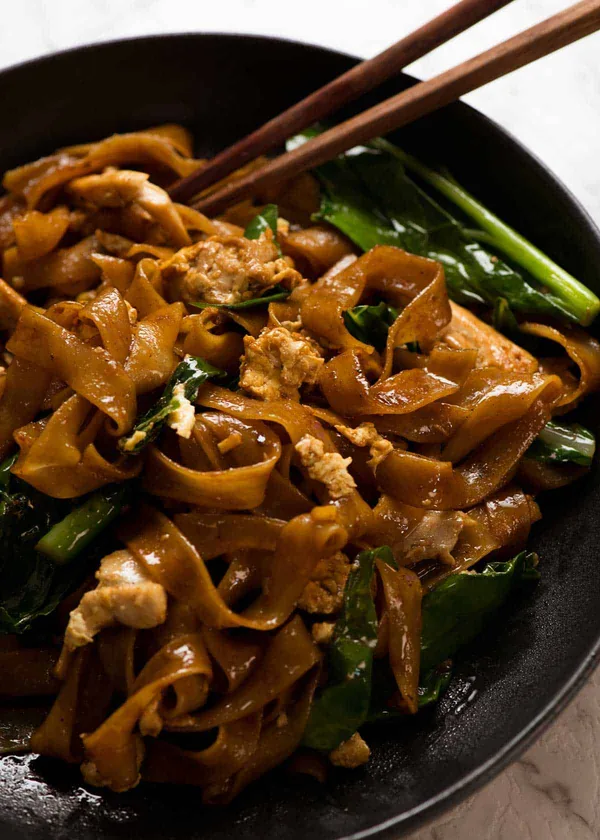
5) Thai Rice Noodles
Thai rice noodles are a key ingredient in many delicious Thai dishes. Pad See Ew is a popular choice. It’s a stir-fried noodle dish with a sweet and savory taste. You cook wide rice noodles with soy sauce, garlic, cabbage, and meat like chicken or pork.
Another famous dish is Drunken Noodles, also known as Pad Kee Mao. These noodles are spicy and full of flavor. You use ingredients like Thai basil, garlic, chili peppers, and vegetables. You can add meat or tofu for protein. The key is to cook the noodles quickly over high heat.
For something mild, Pad Thai is a great option. This dish includes thin rice noodles stir-fried with eggs, tamarind paste, fish sauce, and a mix of vegetables. Crushed peanuts and fresh lime juice are added for extra flavor. Shrimp or chicken are common protein choices.
To prepare these dishes, soak the rice noodles in warm water until soft. Then, stir-fry them in a hot wok with the other ingredients. The cooking process is fast, so have everything ready before you start. Use high heat to get a good texture and mix the flavors well.
These Thai rice noodle dishes offer a variety of tastes and are relatively easy to make at home. You can find most ingredients in Asian grocery stores. Enjoy trying out these authentic recipes in your own kitchen.
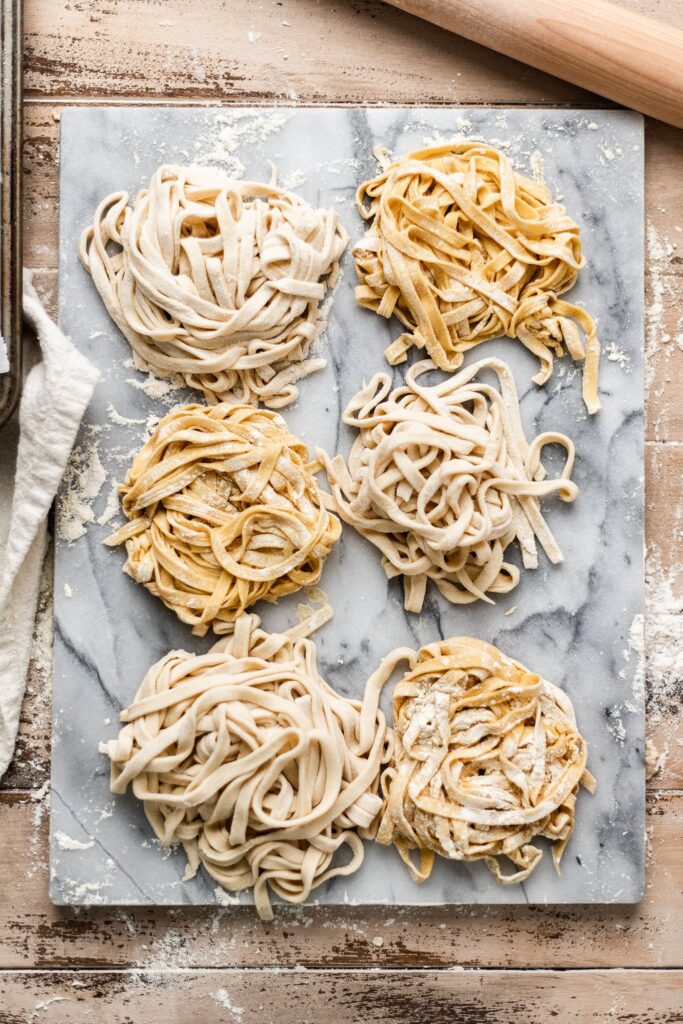
6) Egg-free Vegan Noodles
Egg-free vegan noodles are a great option if you avoid animal products. They are made with simple ingredients like flour, water, and olive oil.
Start by mixing your flour with a bit of salt in a large bowl. Form a well in the center and slowly add water and olive oil. Mix everything until it forms a dough.
Once mixed, transfer the dough to a floured surface. Knead it for about 8-10 minutes until it’s smooth and elastic. If the dough feels too sticky, add more flour. If it’s too dry, add a little water.
When ready, shape the dough into a ball and wrap it in cling film. Let it rest in the fridge for at least 30 minutes. This helps the dough relax, making it easier to roll out.
After chilling, roll out the dough on a floured surface until it’s thin. You can cut it into your desired noodle shapes using a knife or a pasta cutter.
To cook, bring a pot of salted water to a boil. Add your noodles and cook for about 2-4 minutes or until they’re tender. Drain and serve with your favorite sauce.
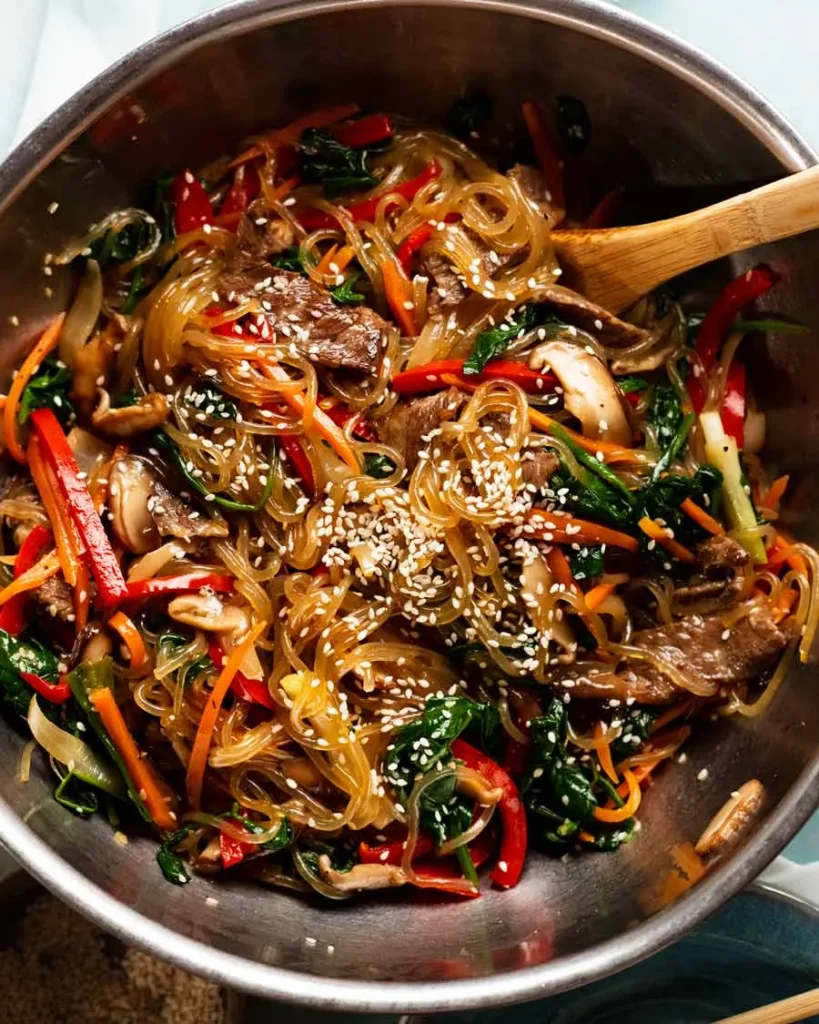
7) Korean Japchae Noodles
Japchae is a popular Korean dish made with glass noodles and vegetables. The noodles are called dangmyeon, which are made from sweet potato starch.
To prepare, start by cooking the glass noodles in boiling water until they become clear and soft. Rinse them with cold water, drain, and cut them into shorter lengths.
In a pan, stir-fry vegetables like spinach, carrots, and mushrooms with a bit of oil. Add the noodles back to the pan and stir-fry everything together.
For the sauce, mix soy sauce, sugar, sesame oil, and garlic. Pour this mixture over the noodles and vegetables, stirring well to coat everything evenly.
Serve the Japchae with a sprinkle of toasted sesame seeds on top. Japchae is best enjoyed warm and can be a great side dish or main course.
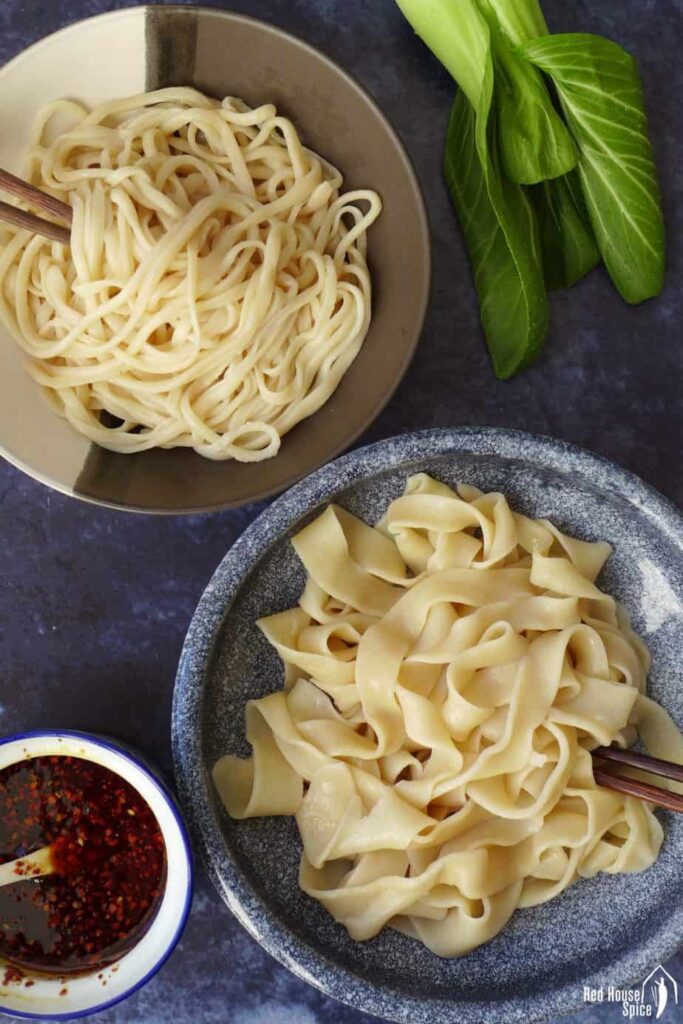
8) Hand-pulled Noodles
Hand-pulled noodles are a special type of egg noodles made by stretching and pulling the dough until it forms long, thin strands.
To start, you need to mix flour and salt in a big bowl. Slowly add warm water and mix with a chopstick until the dough becomes flaky.
Knead the dough until it forms a ball, then let it rest for 10-15 minutes. After resting, knead it again until smooth.
Next, roll out the dough and cut it into strips. Cover these dough strips with plastic wrap to keep them moist.
Stretch each strip by pulling and twisting it until you achieve the desired length and thickness.
Drop the pulled noodles into boiling water. Thin noodles need about one minute to cook, while wider noodles take around two minutes.
Once cooked, transfer the noodles to a serving bowl using a pair of chopsticks. Enjoy them with your favorite sauce or broth.
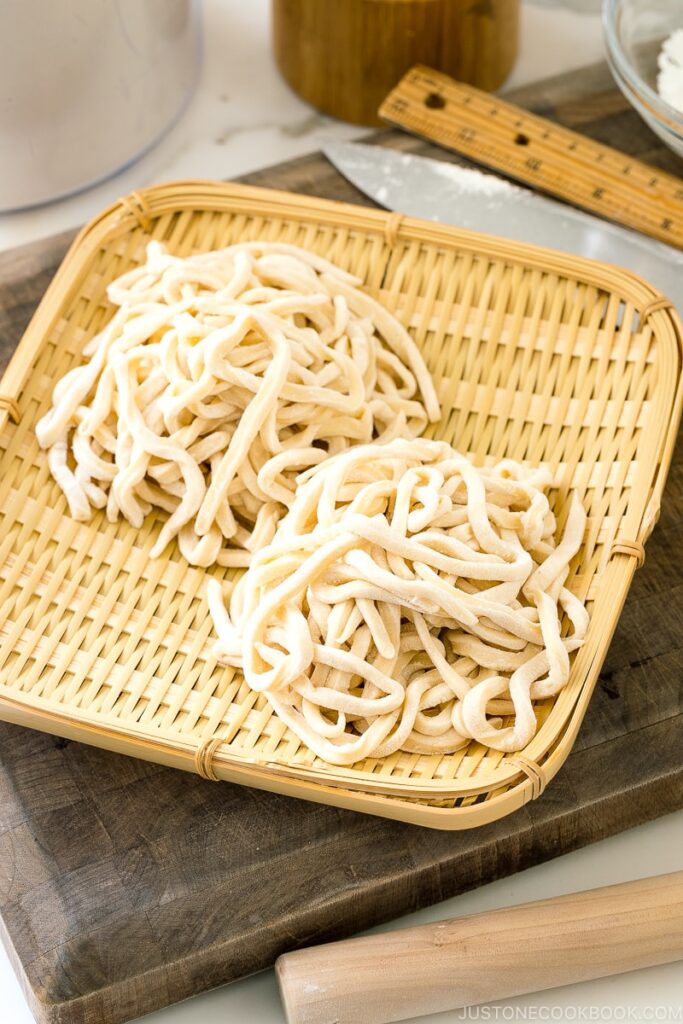
9) Udon Noodles
Udon noodles are thick, chewy noodles that taste amazing in soups and stir-fries. They come from Japan and are made from wheat flour, salt, and water. These noodles are known for their firm texture and ability to soak up flavors from broths and sauces.
To prepare udon noodles, bring a large pot of water to a boil. Add the noodles and cook for 2-3 minutes if they’re frozen, or up to 10 minutes for homemade or dried versions. Stir occasionally to keep them from sticking.
Once cooked, drain and rinse the noodles under cold running water. This helps remove excess starch and keeps the noodles firm. Udon noodles are perfect for dishes like nabeyaki udon, where they are simmered in a flavorful broth with ingredients like chicken, vegetables, and egg.
Another popular way to enjoy udon is in a stir-fry. Toss the cooked noodles with vegetables, protein, and a savory sauce. For an easy meal, try a one-bowl shoyu udon, where the noodles are cooked in a rich soy sauce broth and topped with tofu or other proteins.
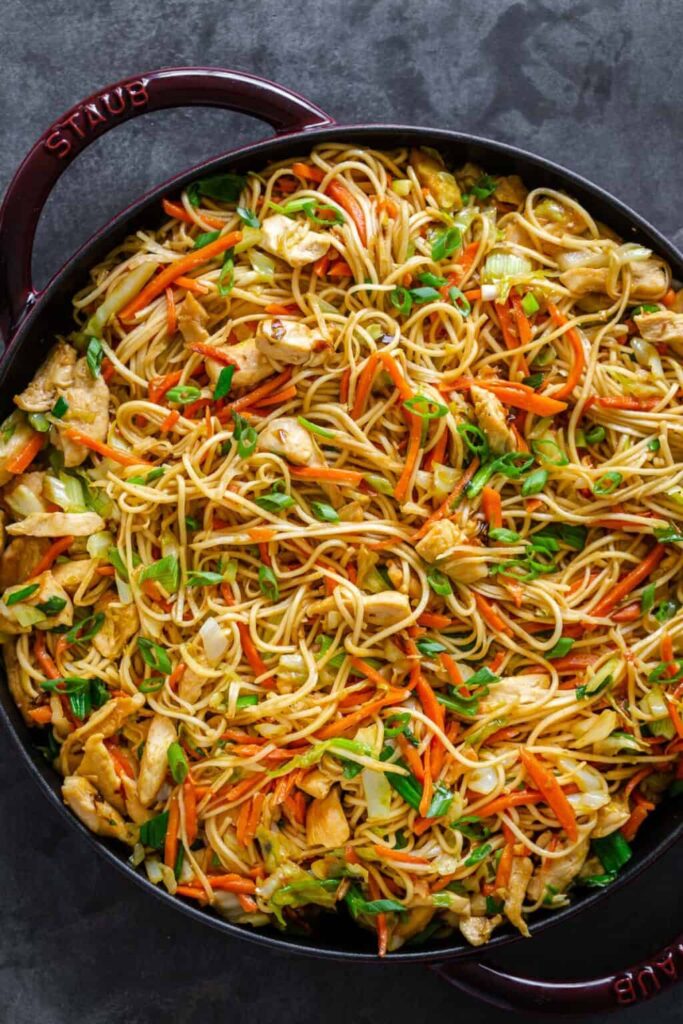
10) Chicken Chow Mein
Chicken Chow Mein is a classic dish made with egg noodles, tender chicken, and various vegetables. You start by cooking the egg noodles according to the package instructions. Drain and rinse them with cold water to stop them from cooking further.
In a small bowl, mix oyster sauce, soy sauce, sesame oil, and sugar. This will be your sauce. Set it aside while you prepare the other ingredients.
Heat a wok or large skillet over medium-high heat. Add some vegetable oil, and then the sliced chicken. Stir-fry until the chicken is fully cooked. Remove the chicken and set it aside.
In the same pan, add a bit more oil. Throw in minced garlic, julienned ginger, and some thinly sliced vegetables like carrots and snap peas. Stir-fry for a minute or two until they begin to soften.
Add the cooked noodles and chicken back to the pan. Pour the sauce mixture over everything. Toss well to ensure all the ingredients are evenly coated with the sauce. Let it cook for another minute, allowing the flavors to blend.
Serve your Chicken Chow Mein hot, garnished with sliced green onions or sesame seeds if you like. Enjoy this delicious and satisfying meal.
Understanding Egg Noodles
Egg noodles have been enjoyed for centuries and come in various shapes and sizes. They are not only versatile in cooking but also offer some nutritional benefits.
Historical Background
Egg noodles have a rich history dating back thousands of years. In ancient China, noodle-making was an art form. The Chinese were among the first to use eggs in their dough, leading to the creation of these unique noodles.
In Europe, egg noodles became popular in regions like Germany and Italy. Each culture has its own methods and recipes. For example, Italian pasta often includes eggs, making it similar to egg noodles.
The tradition of making egg noodles by hand continues in many households today, preserving the authentic taste.
Types of Egg Noodles
There are several different types of egg noodles that you can use in your cooking. Some common varieties include:
- Wide Egg Noodles: Often used in soups and casseroles.
- Thin Egg Noodles: Ideal for stir-fries and light dishes.
- Ribbon Noodles: Perfect for rich, creamy sauces.
- Amish Egg Noodles: Known for their thicker texture and hearty flavor.
Each type varies in thickness, shape, and cooking time. Choosing the right type depends on the specific dish you’re preparing.
Nutritional Benefits
Egg noodles provide several nutritional benefits. They are a source of protein because they contain eggs. This protein can help with muscle repair and growth.
They also include essential vitamins and minerals, such as B vitamins, which are important for energy production. Unlike some other types of pasta, egg noodles have a rich, hearty flavor and can be more satisfying.
However, they can be high in calories and carbohydrates, so it’s important to enjoy them in moderation if you are watching your diet.
Cooking Techniques for Egg Noodles
Cooking egg noodles can be tackled in various ways, such as boiling and pan-frying. It’s also important to be aware of common mistakes that could ruin your dish.
Boiling Techniques
Boiling egg noodles properly is key to getting the right texture. Start by bringing a large pot of salted water to a rapid boil. Use about 4-6 quarts of water per pound of noodles to prevent sticking.
After the water reaches a rolling boil, add the noodles. Stir occasionally to ensure they do not clump together. Cooking times can vary, but generally, egg noodles should boil for 8-10 minutes until they are just tender.
Check the noodles frequently for texture. They should be cooked but still firm (al dente). Drain them in a colander and rinse with cold water if you want to stop the cooking process immediately.
Pan-Frying Methods
Pan-frying is another way to prepare egg noodles, giving them a crispy texture. After boiling and draining the noodles, heat a tablespoon of oil or butter in a large skillet over medium-high heat.
Add the noodles to the skillet and spread them out evenly. Let them cook for a few minutes without stirring to develop a nice golden-brown crust on the bottom. Then, flip or stir them to cook the other side.
For extra flavor, consider adding garlic, onions, or vegetables to the skillet. Season with soy sauce, salt, and pepper. Continue frying until the noodles have reached your desired crispiness.
Common Mistakes to Avoid
One common mistake is overcooking the noodles, leading to a mushy texture. Always keep a close eye on the boiling time and check frequently. Underseasoning is another pitfall; egg noodles tend to be bland without enough salt, both in the boiling water and during any additional cooking steps.
Avoid overcrowding your pan when frying. Too many noodles can cause them to steam instead of fry, leading to a soggy result. Lastly, not allowing the noodles to drain properly can make them too wet and clumpy. Use a colander and give them a good shake to remove excess water.
Pairing Egg Noodles with Sauces
Pairing egg noodles with the right sauce can elevate your meal from ordinary to delightful. The right choice of sauce brings out the flavors and textures of the noodles.
Classic Sauce Pairings
Soy-based Sauces: Egg noodles work well with a variety of soy-based sauces. Common choices include Sriracha Soy Sauce, Sweet Chili Soy Sauce, and Lime and Ginger Soy Sauce. These sauces provide a perfect blend of salty and spicy flavors.
Creamy Sauces: For a richer dish, consider Creamy Mushroom Sauce or Alfredo Sauce. These sauces add a delightful texture and depth to the noodles, making them a comforting choice for many.
Tomato-based Sauces: Tomato-Basil Sauce and Vodka Sauce are also excellent choices. These sauces are often slightly sweet and tangy, coating the egg noodles beautifully.
Regional Variations
Asian Influence: In many Asian cuisines, egg noodles are paired with sauces like Teriyaki Sauce, Peanut Sauce, and Spicy Curry Sauce. These sauces often include a mix of sweet, spicy, and savory elements that enhance the noodles.
European Flair: In European dishes, you might find egg noodles served with Pesto or Garlic Butter Sauce. Hollandaise Sauce is another rich and creamy option that brings a unique touch to the noodles.
Fusion Ideas: Mixing elements from different cuisines can be fun. Try pairing egg noodles with a Sticky Soy Sauce for a unique fusion meal that blends flavors seamlessly.
Tips for Perfect Pairings
Balance of Flavors: Ensure that the sauce you choose complements the egg noodles without overpowering them. The key is to balance the flavor profiles—sweet, salty, spicy, or creamy.
Texture Matters: Consider the texture of the sauce and how it interacts with the noodles. Thicker sauces like Vodka Sauce cling better to the noodles, while lighter sauces like Pesto provide a different kind of coating.
Protein Additions: Adding protein such as chicken, beef, or tofu can make the meal more satisfying. Marinate the protein in the same sauce you’re using for consistency in flavor.
Ensure to explore different sauces and experiment to create the perfect meal tailored to your taste.






